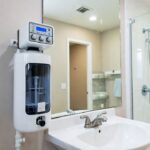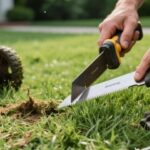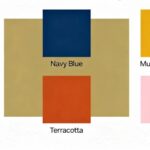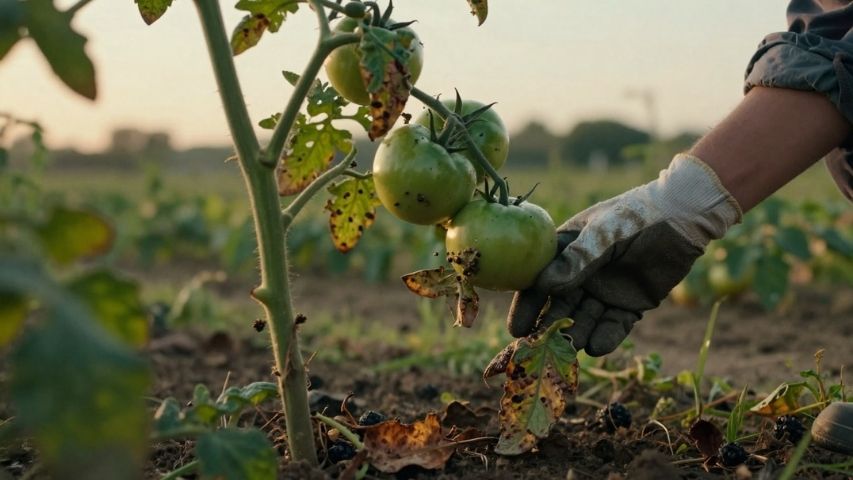Painting hot-dip galvanized steel is straightforward when you prepare the surface correctly. With the right steps, you can build a strong duplex system that protects against corrosion. This guide explains how to get galvanized steel ready for painting.
Understanding Duplex Systems
A duplex system uses both galvanizing and Paint to protect steel from corrosion and improve its appearance. (Duplex Systems for Corrosion Protection, n.d.) To make it work well, you need to prepare the surface based on the steel’s condition.
The Five Essential Steps for Painting Galvanized Steel
1. Communicate with Your Galvanizer
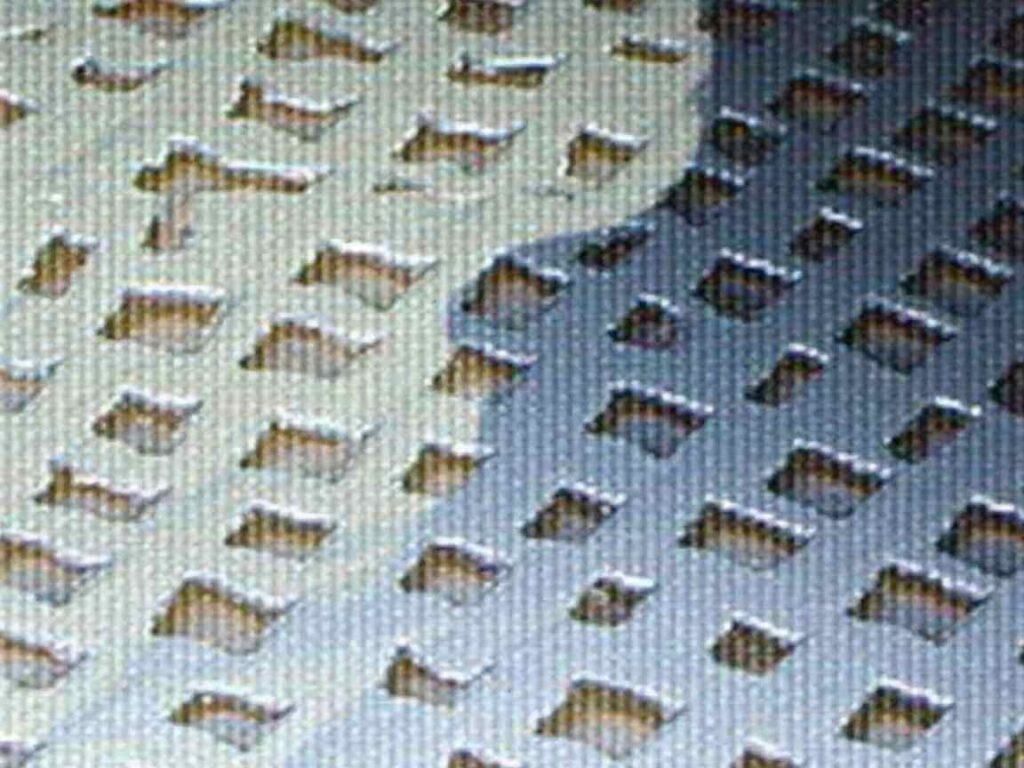
Before galvanizing starts, make sure everyone involved, including the fabricator, specifier, painter, and galvanizer, communicates clearly. This teamwork is important because:
- Special handling may be required for parts that will be painted.
- Design alterations might be needed to facilitate both galvanizing and painting.
- The galvanizer can avoid post-treatments that interfere with paint adhesion (Duplex Systems: Paint or Powder Coating Over HDG, 2025)
- Surface imperfections like dross and skimming inclusions can be addressed before painting.
2. Determine the Surface Condition
Galvanized steel surfaces fall into three categories, each requiring different preparation methods:
Newly Galvanized (0-48 hours exposure)
- Bright and shiny or dull gray appearance
- A few zinc compounds are present
- Requires minimal cleaning but needs surface profiling
- Simplest to clean but smoothest surface
Partially Weathered (2 days to 1 year)
- Contains zinc oxide and zinc hydroxide buildup
- May have organic contaminants (dirt, dust, oil, grease)
- The most common condition when painting
- Most challenging to prepare properly
Fully Weathered (1+ years exposure)
- Covered with zinc carbonate compounds
- Compounds adhere tightly and shouldn’t be removed.
- Easiest to paint and only needs mild cleaning.
- Paint performs better when compounds remain on the surface (Duplex Systems, 2025)
3. Clean the Surface
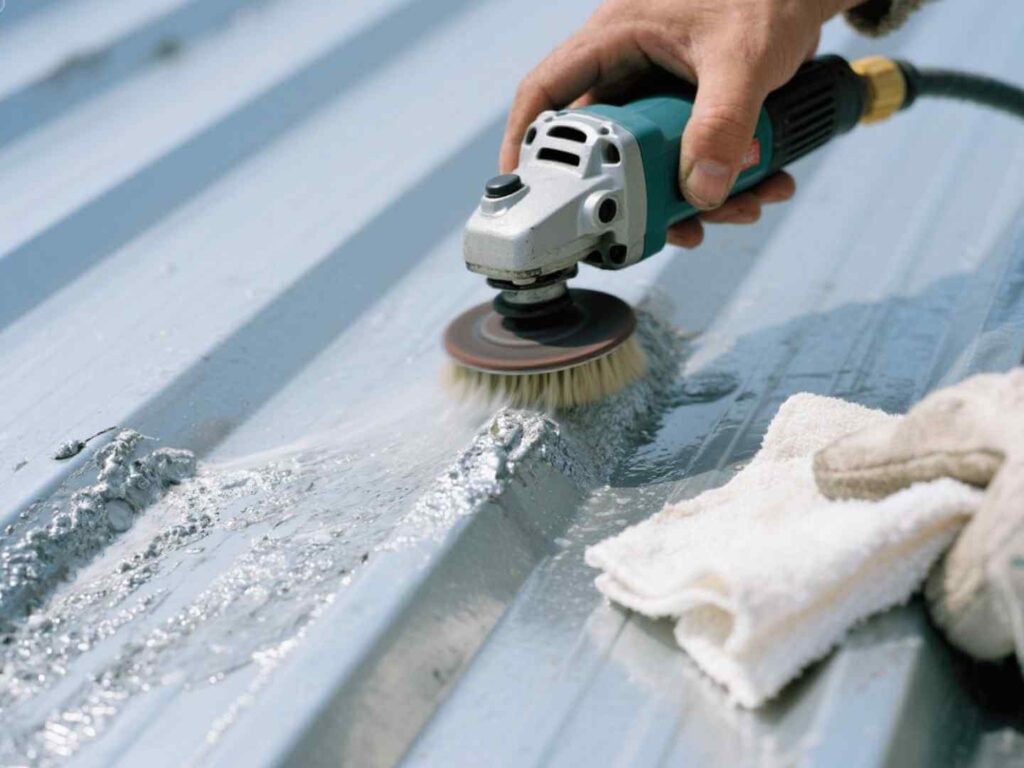
Surface cleaning requirements depend on the galvanized steel’s condition:
Remove Physical Imperfections
- Grind or file away bumps, runs, and drips.
- Use a hand grinder to remove excess zinc carefully.
- Ensure the surface is flat without damaging the underlying coating.
Remove Organic Contaminants
Choose from three cleaning methods:
- Alkaline Solution: Mix 10:1 water-to-alkaline cleaner ratio. Apply with a Brush or power washer (keep pressure below 1,450 PSI)
- Acidic Solution: Mix 25:1 water-to-acid ratio. Brush apply, and rinse within 2-3 minutes. Double rinse recommended
- Solvent Cleaning: Apply solvents with a clean cloth, changing the fabric frequently
Final Rinse and Dry
- Rinse with fresh water to remove all cleaning residue.
- Dry completely before profiling.
- Keep the time between drying and painting as short as possible, and do not exceed 12 hours.
4. Profile the Surface
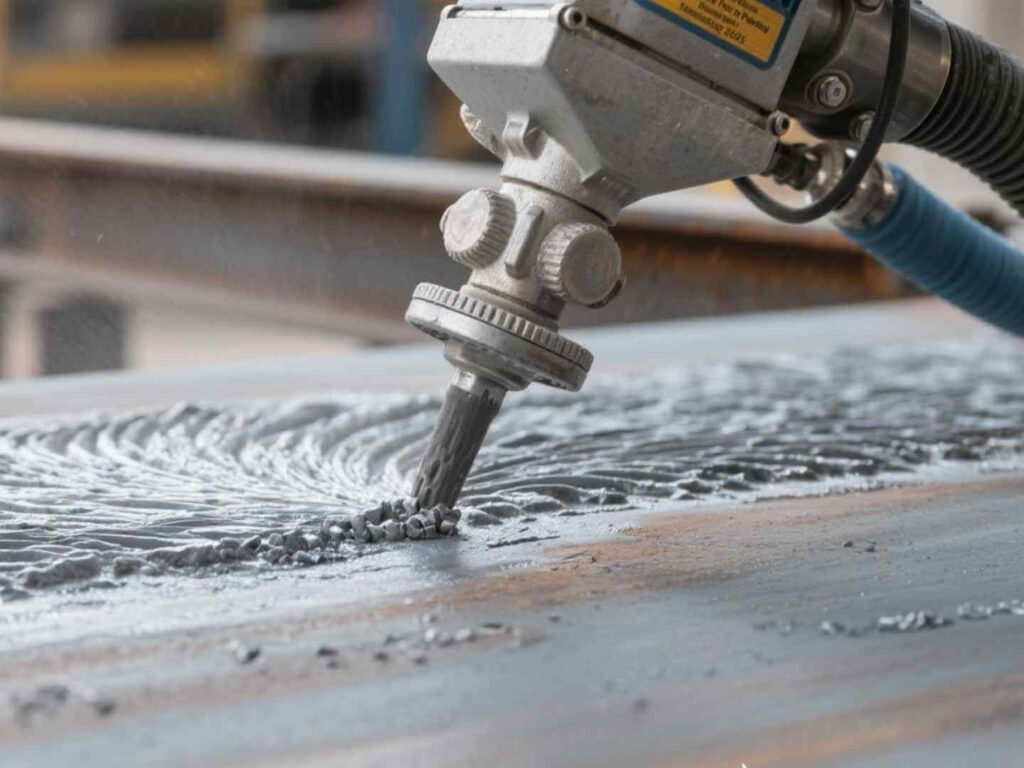
Surface profiling creates texture for better paint adhesion. Choose from four methods:
Sweep Blasting (Preferred Method)
- Blast at a 30-60 degree angle (not 90 degrees)
- Use abrasives with 200-500 micrometer particle size (Preparing HDG for Paint, 2025)
- Select materials with a Mohs hardness of 5 or less (Painting Galvanized Steel – Surface Preparation, n.d).
- This method works best for soft zinc coatings.
Wash Primer
- Creates thin film (maximum 13 microns)
- Contains resin, pigment, and acid components
- Apply by spray, Brush, or roller.
- Follow the manufacturer’s drying recommendations.
Acrylic Pretreatment
- Etches the surface and deposits an acrylic layer
- Water-based treatments applied by dipping, flow coating, or spraying
- Requires oven or air drying before painting
Grinding
- Use power tools to roughen the surface.
- Remove a maximum of 1 mil of coating.
- Don’t strip zinc coating completely.
5. Apply Paint
Once cleaned and profiled, apply Paint immediately:
- Use Brush or spray application methods.
- Begin painting as soon as possible after preparation.
- Consult the paint manufacturer for compatibility recommendations.
- Verify appropriate air conditions and application methods.
Testing for Passivation Agents
If you’re unsure whether passivation products were used during galvanizing, test the surface using ASTM B201 procedures. (Standard Practice for Testing Chromate Coatings on Zinc and Cadmium Surfaces, 2024) Passivated surfaces may appear duller and require different preparation methods.
Key Resources
For detailed specifications, refer to ASTM D6386, which provides comprehensive guidance on preparing hot-dip galvanized surfaces for Paint. (Suggested Specification for Preparing Hot-Dip Galvanized Steel Surfaces for Painting, n.d.) The American Galvanizers Association also offers instructional materials, including guides and step-by-step videos. (Hot-Dip Galvanized 5-Part Video Series – Short Span Steel Bridges, n.d.)
Conclusion
To paint galvanized steel successfully, pay close attention to detail and use the right preparation methods. If you follow these five steps—communication, checking the condition, cleaning, profiling, and painting—you can build a strong duplex system that protects against corrosion for many years.
Remember: the condition of your galvanizeKeep in mind that the condition of your galvanized surface will guide how you prepare it. If you are unsure, complete all cleaning and profiling steps to help the paint stick well and last longer.

